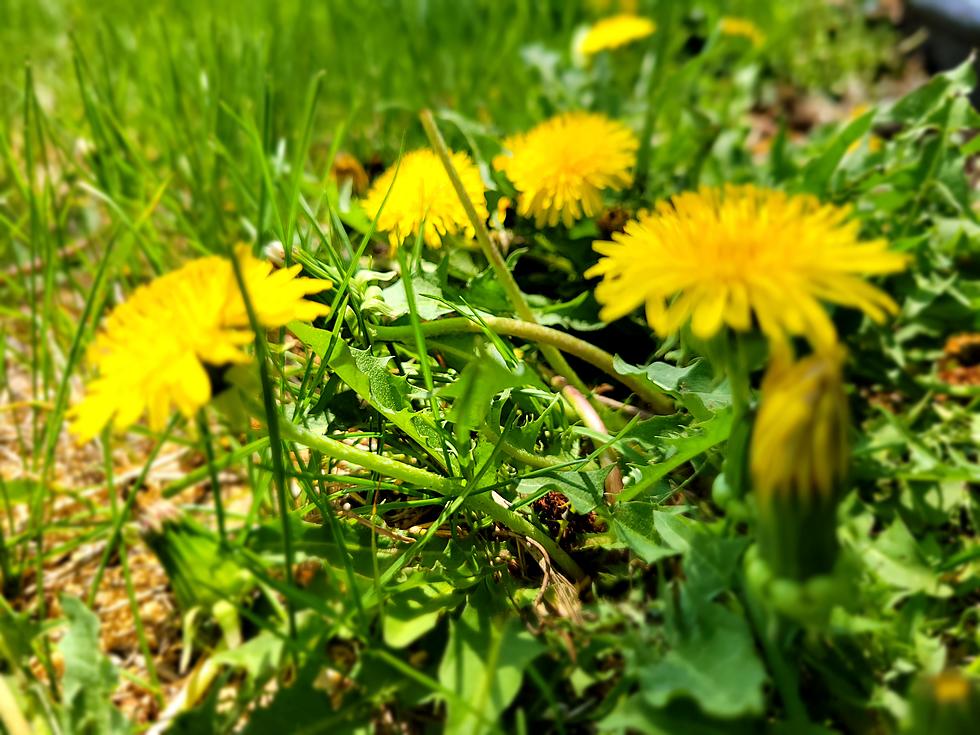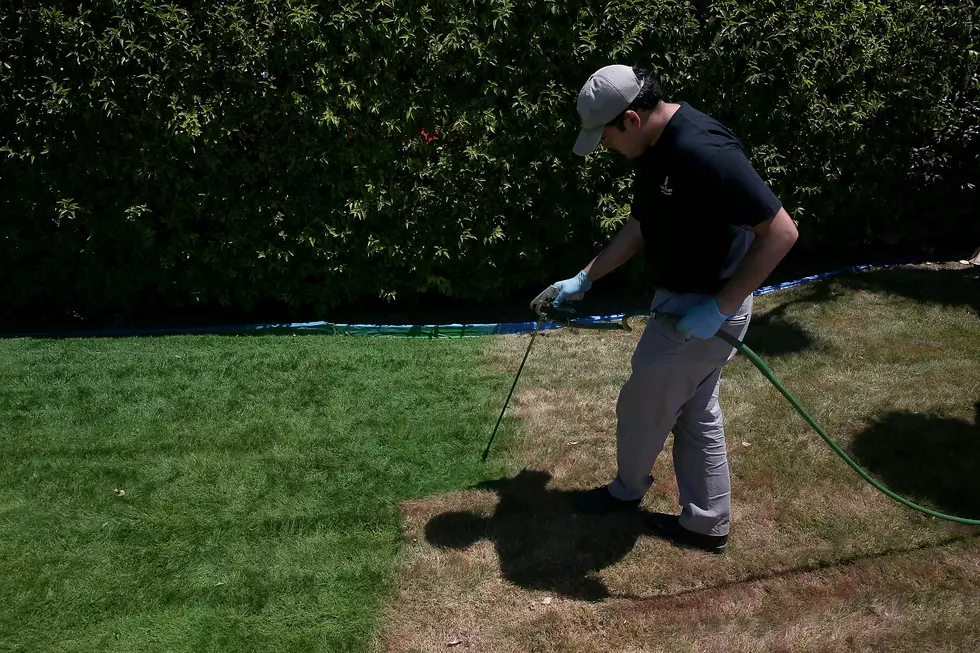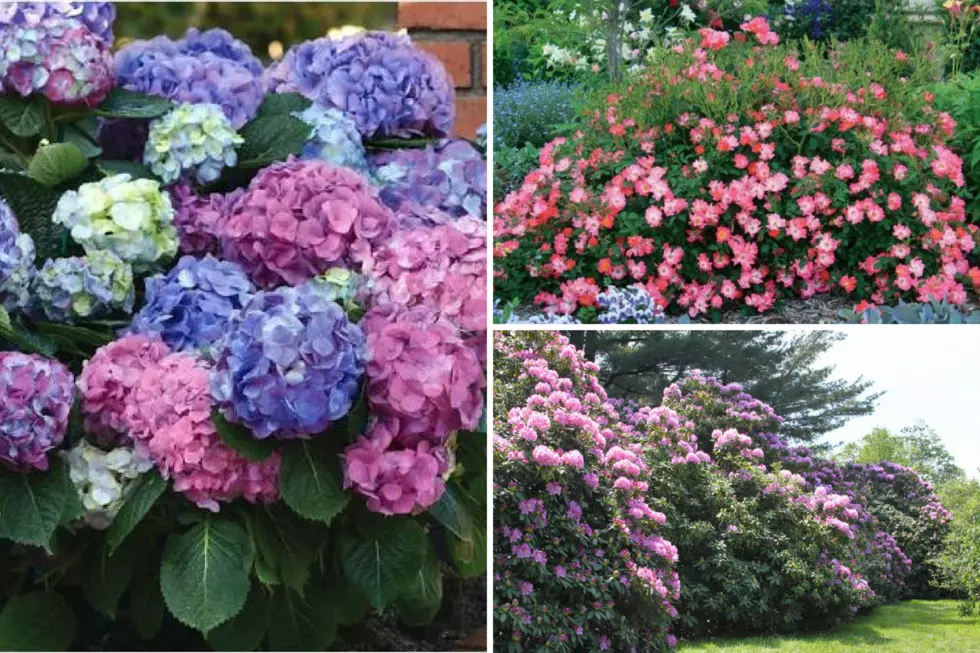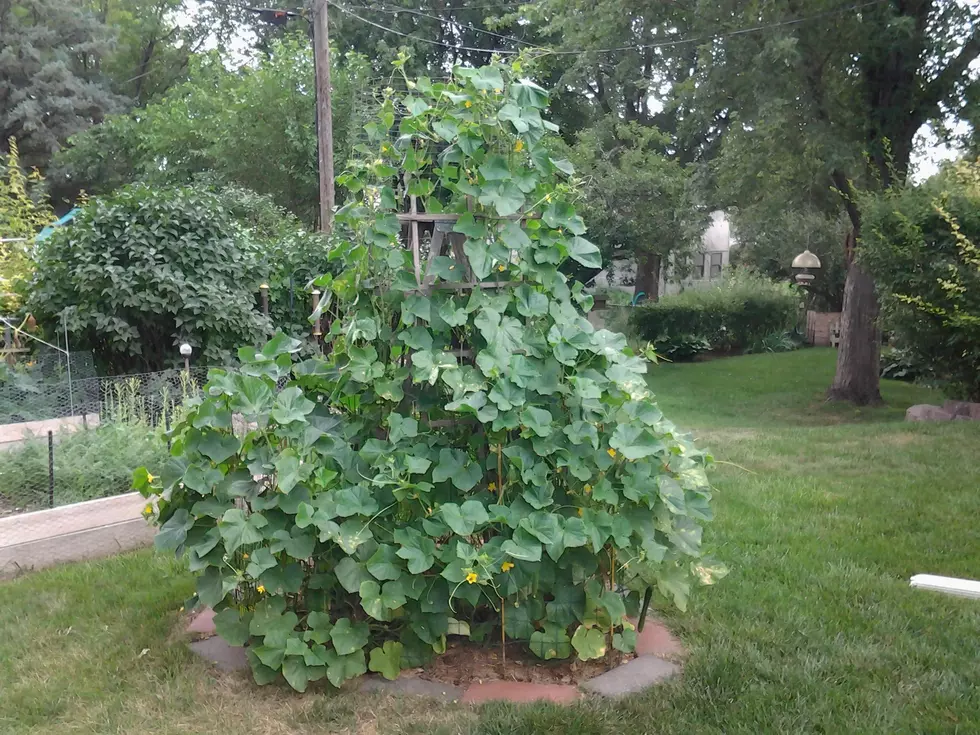
How’s It Growing: Keep It Green – Spring Lawn Care
I'm sure that I'm not alone in thinking that the two best mows of the season are the first and the last. The tricky part part comes in between those two, as we try to keep our lawns green and healthy.
Lawns provide beautiful curb appeal, prevent erosion, filter pollutants, and help to cool temperatures. And they feel good on bare feet!
But, they also contribute to 30% of all household water usage, 18% of solid municipal waste, and over 70 million tons of fertilizers that are annually applied to landscapes.
By practicing the basics of lawn care, you can have a healthy lawn and use less chemicals and water.
- 1
Start With Healthy Soil
TatianaMironenko/ThinkStockTatianaMironenko/ThinkStock The soil beneath your lawn will benefit from the nutrient value of compost. A top dressing of compost can be applied to an existing lawn at any time of the year. When starting a new lawn, add compost to at least 4" to 6" of new topsoil, then seed.
- 2
Keep Weeds to a Minimum
NAOKI MUTAI/ThinkStockNAOKI MUTAI/ThinkStock Full, healthy turf will discourage weeds. Instead of chemicals, apply corn gluten in the fall and again in the spring. The results will not be instantaneous, but there will be no harmful run-off.
- 3
Fertilizing for a Healthy Lawn
Scotts via AmazonScotts via Amazon Natural fertilizers include Dr. Earth, Ringers, Espoma, and Milorganite. These fertilizers are protein based and digested by soil microbes, then converted into nutrients.
- 4
Watering Your Lawn
Christian Delbert/ThinkStockChristian Delbert/ThinkStock Watering deeply, once a week, encourages deep root growth which allows for better nutrient absorption. Watering shouldn't be done when it's raining. Newer irrigation systems come with rain sensors or a sensor can be installed into an existing system. Water your lawn early in the morning to decrease the amount of evaporation. Watering on windy days is ineffective.
- 5
Mowing the Lawn
Chemlamp/ThinkStockChemlamp/ThinkStock When mowing, remove only the top third of the grass. Keep your mower deck raised to 3" or 4". Taller grass will shade roots, keep the weeds to a minimum, and aid in moisture retention. Mower blades should be sharpened at least once a year. Mow when the grass is dry. Change mowing directions to avoid compaction.
- 6
Aerating Your Lawn
Agri-Fab via AmazonAgri-Fab via Amazon Aeration reduces the compaction of the soil. Less compacted soil will produce less run-off, stronger roots through better moisture retention, and better air flow to the roots.
More From KYBB-FM / B102.7









